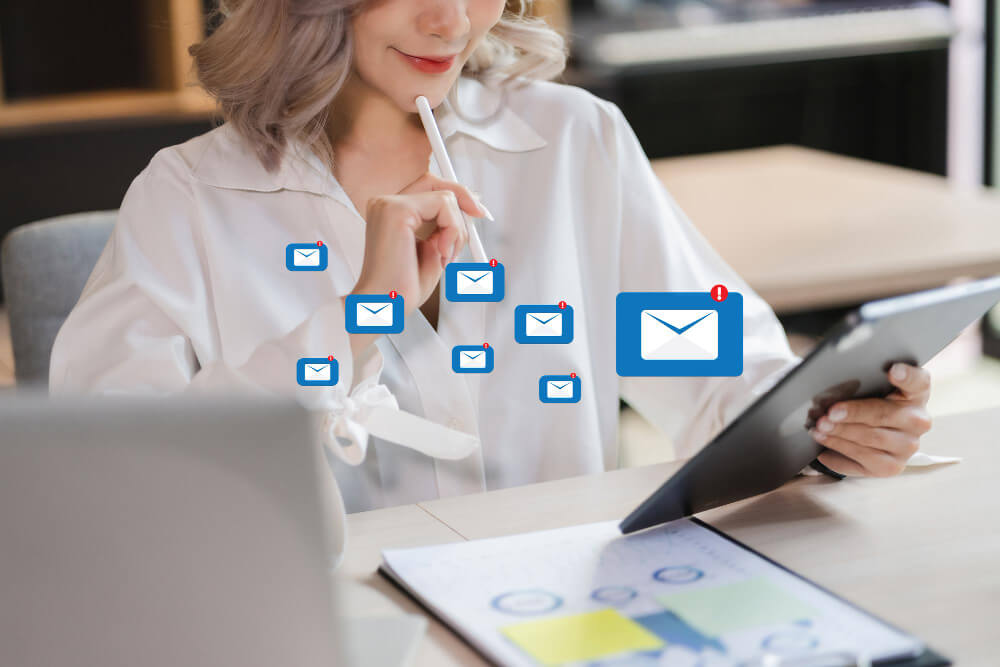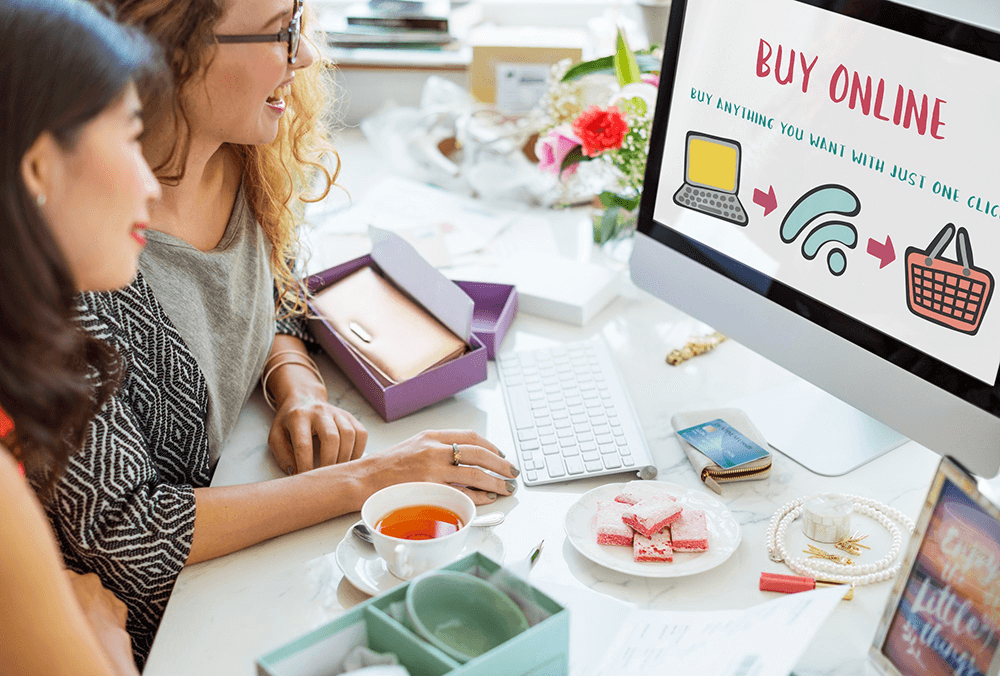![dont-let-them-get-away-the-best-ways-to-build-powerful-follow-up-strategies-for-marketplaces - WC Vendors [Duplicated]Don’t Let Them Get Away! The Best Ways To Build Powerful Follow-Up Strategies For Marketplaces](https://www.wcvendors.com/wp-content/uploads/2022/03/dont-let-them-get-away-the-best-ways-to-build-powerful-follow-up-strategies-for-marketplaces.png)
So, what do you need follow-up strategies for?
Well, have you ever come across a website, bought one item, and then never thought about that store again? Most people have. In fact, one-time buyers may make up between 50-85% of customers. It’s a common habit for consumers, but a frustrating one for anyone running an online marketplace.
You know the pain of constantly having to draw in more people to your site. And while customer retention usually costs less and boasts better results than acquisition, it can be tricky to manage.
Typically, an excellent opportunity to engage a customer is after they’ve completed a purchase. However, this requires a deliberate, not haphazard, approach. In other words, it demands a carefully planned follow-up strategy.
Follow-ups represent one of the most effective methods for online marketplaces to engage existing customers. They allow you to send a gentle reminder that you’re still present, encouraging customers to return to your marketplace.
Nevertheless, follow-up strategies demand a delicate balance. It’s crucial to carefully consider both the content and frequency of your emails to avoid overwhelming your readers. Today, we’ll explore several key methods to strike the right balance.

Why Follow-Up Email Strategies Matters
Shopify reported that email marketing generates a phenomenal return on investment (think $38 for every dollar spent). Those are pretty good odds, and the benefits of strategic follow-ups are pretty impressive, too:
1. Retain More Customers
Customers are overwhelmed by a multitude of marketplace options to choose from, making it challenging for them to keep track.
Thankfully, an effective follow-up email serves to remind buyers about your brand. They’re like a little nudge from a friend saying, “We’re still here, remember those good times we had together?”
When they work, they help your marketplace stay at the forefront of the email recipient’s mind.
2. Garner More Reviews
There is a ton of data out there about how critical reviews are for online sales.
- Reviews influence customer decisions.
- Most consumers read reviews.
- Potential customers trust what others write.
- Reviews help instill trust in buyers.
After customers purchase products, consider sending a strategically placed follow-up email requesting their review. While not everyone will respond, this gentle nudge can significantly impact customer engagement.
3. Connect with Customers
A polite follow-up email is a great way to remind customers that you see them as real people. After all, it offers one of the most direct means to engage with your target audience.
These emails provide an opportunity for you to craft content that holds significance for your customers or cultivates trust in your brand. Even a simple gesture like expressing gratitude can significantly contribute to nurturing those customer relationships.
4. Create Cross-sell and Upsell Opportunities
Sending a follow-up email to a customer who’s just completed a purchase doesn’t imply halting your revenue-focused efforts. In fact, it offers a unique sales opportunity.
Enhance your follow-ups by leveraging your marketing or sales team’s insights to identify complementary products for specific buyers. For example, customers purchasing shoes might also require socks or an extra pair of laces.
Use your follow-up email campaigns to anticipate these needs, positioning your marketplace as the primary solution for your customers’ requirements.

5 Tips To Help You Nail Your Follow-Up Emails
If successful follow-up strategies are like nudges from a friend, unsuccessful ones are like an annoying younger sibling constantly begging for attention.
Unless you want to be that brand that’s constantly overwhelming inboxes with poor-quality content, you need to think carefully about the kind of follow-up emails that you send.
With that in mind, here are a few tips to help you when you’re drafting your follow-up emails:
1. Offer Helpful Resources
People often open emails because of a catchy subject line. However, they stay for what’s in the body.
Unfortunately, not all email content is created equal. There’s a temptation to write something around your brand’s origin or your latest software update that you and your team have worked hard on.
While those things have their place in marketing collateral, they don’t really belong in follow-up email campaigns. Instead, you want to offer something with immediate value to the reader.
For example, customers want to hear about things like:
- The status of their shipment
- How to track an order
- Ideas that will help them enjoy the product
2. Say “Thank You”
Your first follow-up email should always be an order confirmation and a thank you.
Such emails don’t have to resemble the thank-you cards that your mother made you write to relatives who gave you gifts. Keep your messages short, simple, and to the point. Consider the following:
“Thanks for your order. We are preparing your shipment and appreciate your business.”
This email shouldn’t blend with any marketing material or have a strong call to action or anything like that. Basically, it should simply show your gratitude for their business.

3. Make Things Personal
Personalization is critical for emails. It’s much more appealing to see your name attached to a follow-up message as opposed to something that feels generic.
There are plenty of great tools out on the market that let you add names to emails without having to manually type them in. Use that feature.
Most customers will know that the message was automated, but there’s still something endearing about seeing your name. At least, that’s what the data indicates:
- Personalized subject lines are 26% more likely to be opened.
- A personalized email can lead to 6 times higher transaction rates.
- Most marketers see personalized communication as an important part of their objectives that generate some sort of revenue impact.
4. Customize and Segment Audiences
Have you ever gotten one of those spam phone calls about auto-renewals or student loan forgiveness? Then you know how annoying it is to be on some list that doesn’t apply to you.
Unfortunately, that’s often how customers feel about any email campaign from a brand. Even if they agreed to get emails from you, they may not feel like the emails they receive have anything to do with them.
Imagine a customer who has just bought a watch from your marketplace getting an email promoting the same exact product. They would feel unseen and unappreciated.
Therefore, the best follow-up emails get sent to segmented audiences. You could determine your segments based on factors such as:
- Customer behavior
- Prior purchases
- Previous email engagement
- Surveys your audience has filled out
Categorizing your customers will help you send fewer but more impactful emails. This way, you can keep your customers engaged without annoying them.
5. Plan Ahead
Successful follow-up strategies won’t just show up at your door. You need to come up with a repeatable, measurable plan that will get you good results.
The specifics of your company’s plan will differ depending on your goals. However, the vast majority of plans include some or all of the following key elements:
- Developing a follow-up email template
- Conducting A/B testing on your subject lines
- Identifying which content your customers engage with
- Strategizing the purpose behind each email for your customers
- Constructing a compelling call to action to encourage customer interaction
- Writing in a personable manner, addressing a real person as another real person

From Email To Experience
Online marketplaces thrive on creating good customer experiences. A follow-up email strategy plays an important role in that.
Follow-up strategies build trust in your customers and show that you care about them as actual people, not just consumers. The relationships fostered by these campaigns will help you retain more customers as your audience continues to enjoy positive experiences with your brand in the inbox and beyond.

Conclusion
Follow-up strategies in the form of email marketing serve as some of the most effective means to maintain customer engagement and foster lasting relationships.
To recap, such emails can help you:
- Retain more customers
- Garner more reviews
- Connect with customers
- Create cross-sell and upsell opportunities
To ensure your follow-up strategies produce the most benefits, you should:
- Offer helpful resources
- Say “Thank You”
- Make things personal
- Customize and segment audiences
- Plan ahead
Would you like to know more about the follow-up strategies that can help boost your marketplace’s chances of success? Please feel free to reach out to us; we’d be happy to hear from you!